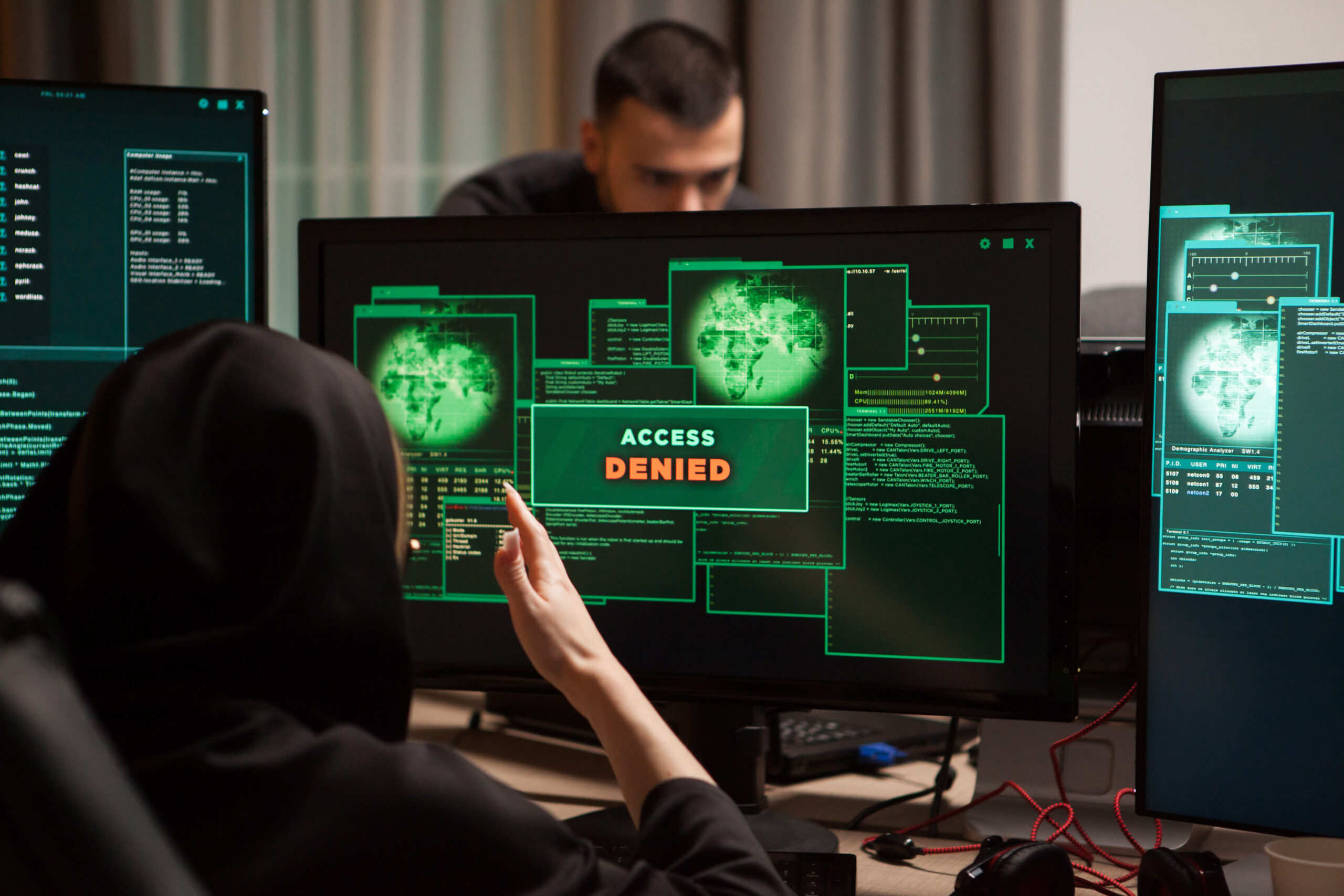October 15, 2025By Rocheston
AI & Threat Detection IntroductionAs cyber threats grow more sophisticated, traditional security methods struggle to keep pace. Attackers are leveraging automation, social engineering, and advanced evasion techniques that can easily bypass conventional defenses. In this rapidly evolving landscape, Artificial Intelligence (AI) has emerged as a transformative force in cybersecurity — particularly in the field of
October 15, 2025By Rocheston
AI-Powered Endpoint Protection: What You Need to Know As cyber threats evolve in sophistication, traditional endpoint protection solutions often struggle to keep up. Attackers now use advanced techniques such as polymorphic malware, fileless attacks, and AI-generated phishing. To counter this, organizations are increasingly turning to artificial intelligence (AI) and machine learning (ML) for smarter, faster,
October 15, 2025By Rocheston
Deep Learning for Threat Intelligence: Opportunities & Challenges In today’s hyperconnected digital world, cyber threats are growing more complex and unpredictable. Traditional rule-based security systems often struggle to keep pace with evolving attack patterns. This is where Deep Learning (DL) — a subset of Artificial Intelligence (AI) — steps in as a game-changer. By mimicking
October 14, 2025By Rocheston
Using AI to Detect Insider Threats in Real Time In the world of cybersecurity, one of the most overlooked yet devastating risks comes not from external hackers — but from within. Insider threats, whether malicious or accidental, pose a unique challenge to organizations because they originate from trusted individuals with legitimate access to systems and
October 14, 2025By Rocheston
Cybersecurity Automation: AI at the Frontline In an era where digital transformation drives every aspect of business and society, cybersecurity has become a critical line of defense against ever-evolving cyber threats. As hackers leverage automation and AI to craft more complex attacks, traditional security systems often struggle to keep up. To counter this, organizations are
October 13, 2025By Rocheston
How Machine Learning Detects Modern Cyber Threats In the digital age, cyber threats are evolving faster than traditional security measures can keep up. From ransomware and phishing to sophisticated zero-day exploits, attackers are constantly finding new ways to infiltrate systems. To combat these threats, cybersecurity professionals are increasingly turning to machine learning (ML) — a
October 13, 2025By Rocheston
AI vs. Hackers: Who Will Win the Cyber Battle? In today’s hyperconnected world, the line between protection and vulnerability has never been thinner. As technology advances, so do the methods of those trying to exploit it. Artificial intelligence (AI) and hackers are now locked in a high-stakes cyber battle — one defining the future of
October 10, 2025By Rocheston
Predictive AI: Stopping Cyberattacks Before They Happen In today’s hyperconnected world, cyber threats are becoming faster, smarter, and more elusive. Traditional security measures — which rely on reacting to known attack patterns — can no longer keep pace with the speed and sophistication of modern cybercriminals. The next evolution in digital defense is here: Predictive
October 10, 2025By Rocheston
AI-Driven Security: The Future of Cyber Defense As digital ecosystems expand across cloud, IoT, and hybrid networks, cybersecurity challenges are growing in both scale and sophistication. Cybercriminals are now leveraging automation, artificial intelligence, and social engineering to execute attacks faster and with greater precision. To stay ahead, organizations are turning to AI-driven security — a
October 10, 2025By Rocheston
Exciting news! 🚀 Rocheston Pvt. Ltd. has officially joined forces with PRATHYUSHA ENGINEERING COLLEGE, to ignite the future of cybersecurity education. Through this partnership, we’re bringing our cutting-edge Cybersecurity Training Programs to campus, empowering students and faculty with hands-on skills for today’s digital world. But that’s not all — together, we’re launching a new Cybersecurity Centre









